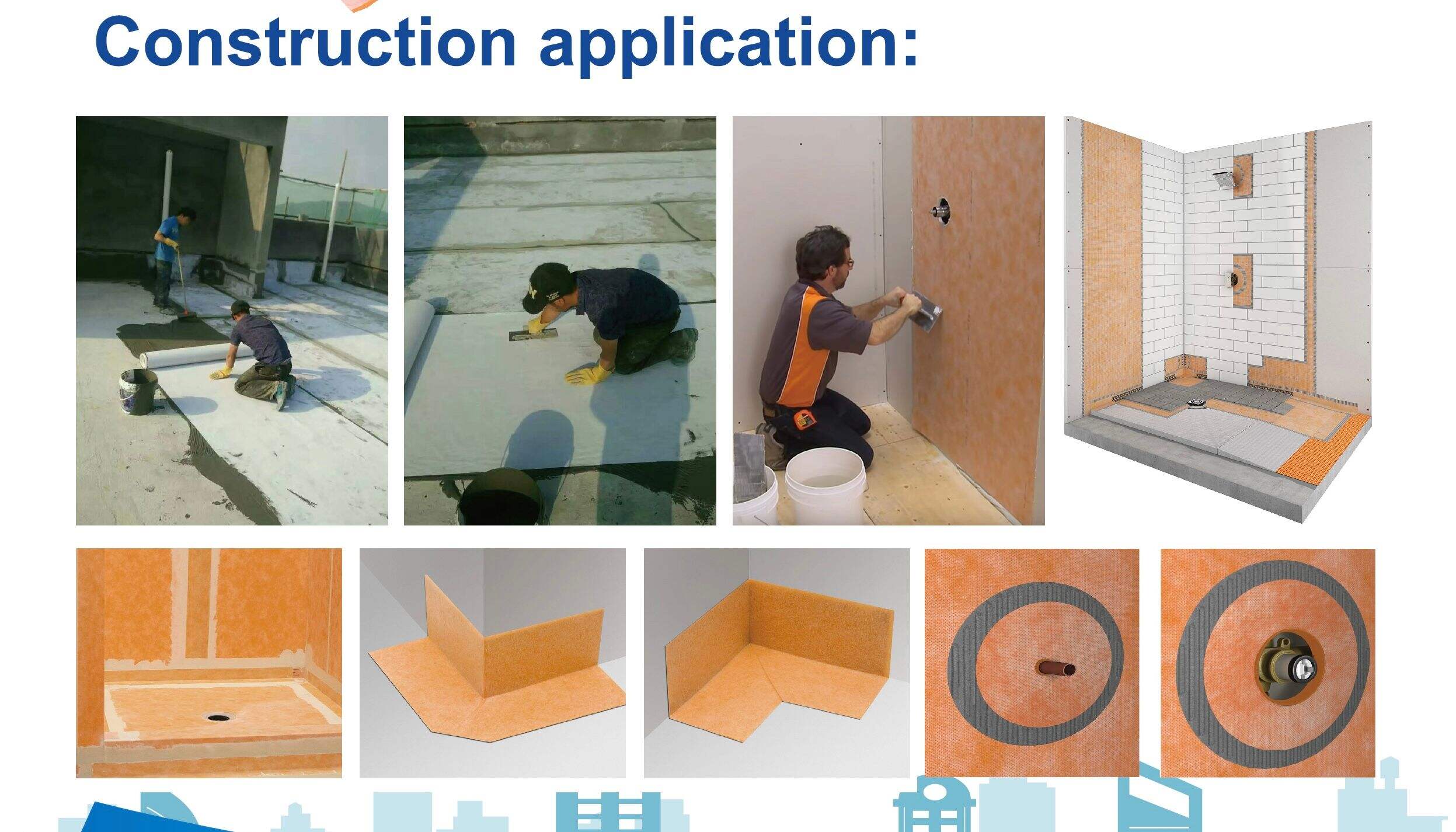Taitou Town Industrial Park, Shouguang City, Shandong Province [email protected]
PP/PE waterproof coil | Polypropylene (PP)/ polyethylene (PE) waterproof coil, which combines the advantages of PP and PE two materials. It is developed on the basis of PP and PE resin, through scientific matching and technological treatment. PP has good water resistance, both rigidity and stability, while PE has flexibility. Good weather resistance, can adapt to various climatic conditions.
Product introduction
PRODUCT DESCRIPTION
PP/PE waterproof membrane is a composite waterproof material with the integration of four layers of flaky material including reinforced protective layer, anti-ageing layer, waterproof layer and tackifying and reinforcing layer, and is mainly made of polypropylene non-woven fabric and polyethylene as main raw materials, whose performance is improved by adding additives.
PRODUCT FEATURES
▪ This product is composed of different materials, and its performance has been significantly improved. Especially, this product is equipped with an anti-ageing layer alone, which greatly prolongs the service life of the product to more than 50 years.
▪ The upper and lower surfaces of this product are rough, and the non-woven fabric fibers have irregular cross structure, forming three- dimensional mesh holes, which makes it have high tensile strength, strong impermeability, good low temperature flexibility, small expansion coefficient, low temperature rise effect, strong deformation adaptability and large friction coefficient. It can be used with various adhesives to achieve good bonding effect.
▪ It can use cement paste as the adhesive when bonding this product with cement-based surface. cement paste can directly enter the mesh hole on the surface of the membrane, and it is solidified with the cement as a whole. Cement paste does not have problems of ageing, mildew, hydrolysis etc., so the bonding is permanent and firm, and it is not suitable for peeling.
CONSTRUCTION METHOD
Construction Procedure: Accept leveling layer → Clean the substrate → Prepare cement adhesive → Make an additional layer → Substrate construction → Protective layer → Maintenance
Before bonding, first layout the membrane and align it, then fold the two ends of the membrane inward and roll them up. pour the prepared cement adhesive onto the substrate and spread it evenly with a scraper. Push the membrane forward and remove any trapped air with a scraper. The bonding rate between the membrane and the leveling layer should be at least 85%.
Seam Construction:
▪ Roof waterproof seam construction: The vapor barrier, waterproof layer, and additional layer are all connected using a lap joint method, bonded with cement adhesive, with a width of 10cm. The joint of the additional layer should beat least 5cm away from the joint of the waterproof layer.
▪ Underground waterproof seam construction: A 10-15cm overlapping butt seam method is used, with the cover strip selected and bonded with a high-molecular compound joint adhesive.
▪ The overlap width of the waterproof membrane is 8-10cm for the long side and 10-15cm for the short side. The short side joints of adjacent membranes should beat least 100cm apart, and the angle where the wall meets the ground should beat least 30cm.
Protective Layer:
After the waterproof membrane is glued, a 2cm 1:2.5 cement mortar protective layer needs to be laid on the waterproof layer. It is spread out in two layers and the joint of the two layers must beat least 20cm apart. the protective layer should be level and watered for maintenance.
High-molecular polyethylene (polypropylene) pvc (polyester) waterproof membrane is bonded to the construction substrate using a cement adhesive that is specially matched with the membrane.

Copyright © 2025 Shandong Jinding Waterproof Technology Co., Ltd. All rights reserved. — Privacy Policy